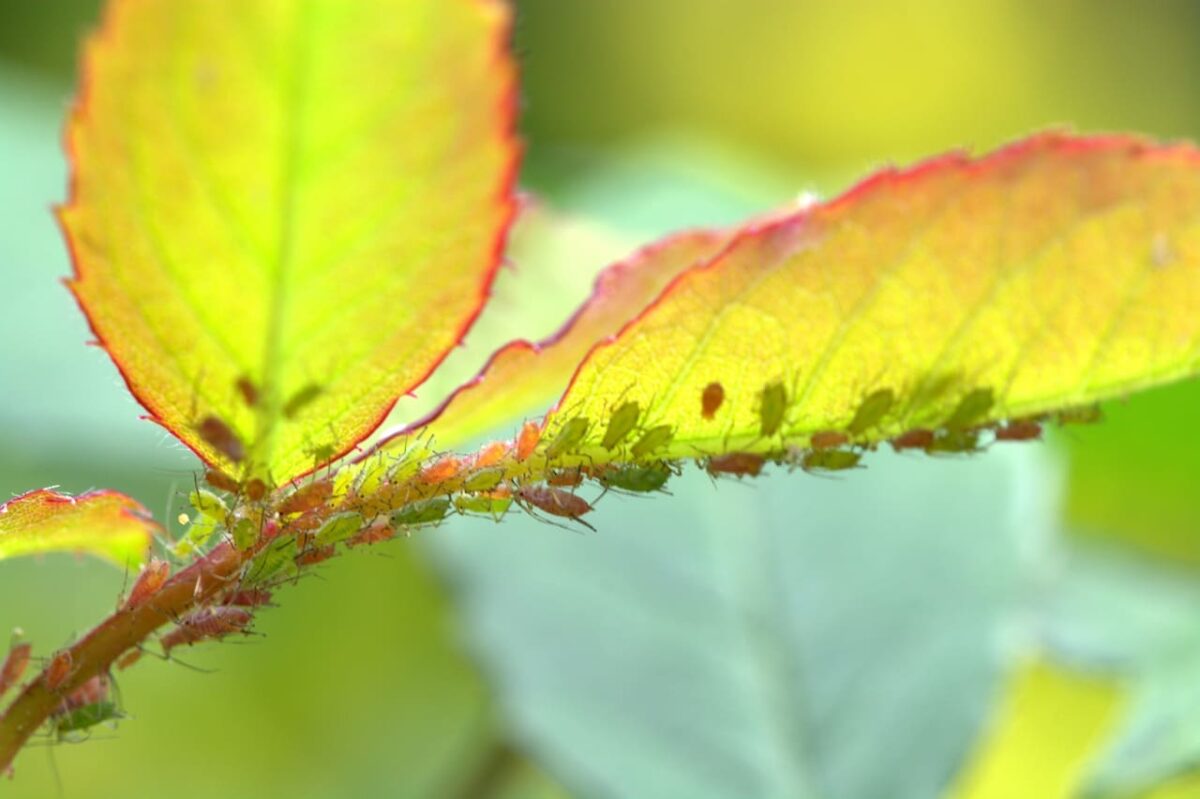
There are some pests that can cause the leaves to end up with yellow spots.
The color of the leaves is one of the characteristics that most often attracts our attention, since green usually conveys a lot of peace and calm, as if it had the ability to transport us to a forest or a meadow, for example. When they are of other colors, as is the case with countless cultivars, such as the Colocasia 'Black Magic', which has beautiful dark lilac foliage, we may immediately wish to purchase them to break up a bit with the chromatic monotony that we have in the garden or in the backyard. But, What happens if we see that they have yellow dots on the leaves?
Well, this is often the symptom of a problem that can be serious, especially if it has been caused by pests. But it will not always be so. Therefore, the first thing we have to do is identify the cause, and from there make the best decision so that our plant is, or remains, beautiful.
So what are the causes and what do we have to do? Since there are several, to make the article easier to read, we are going to talk about them separately:
Natural (non-precipitate) aging of leaves
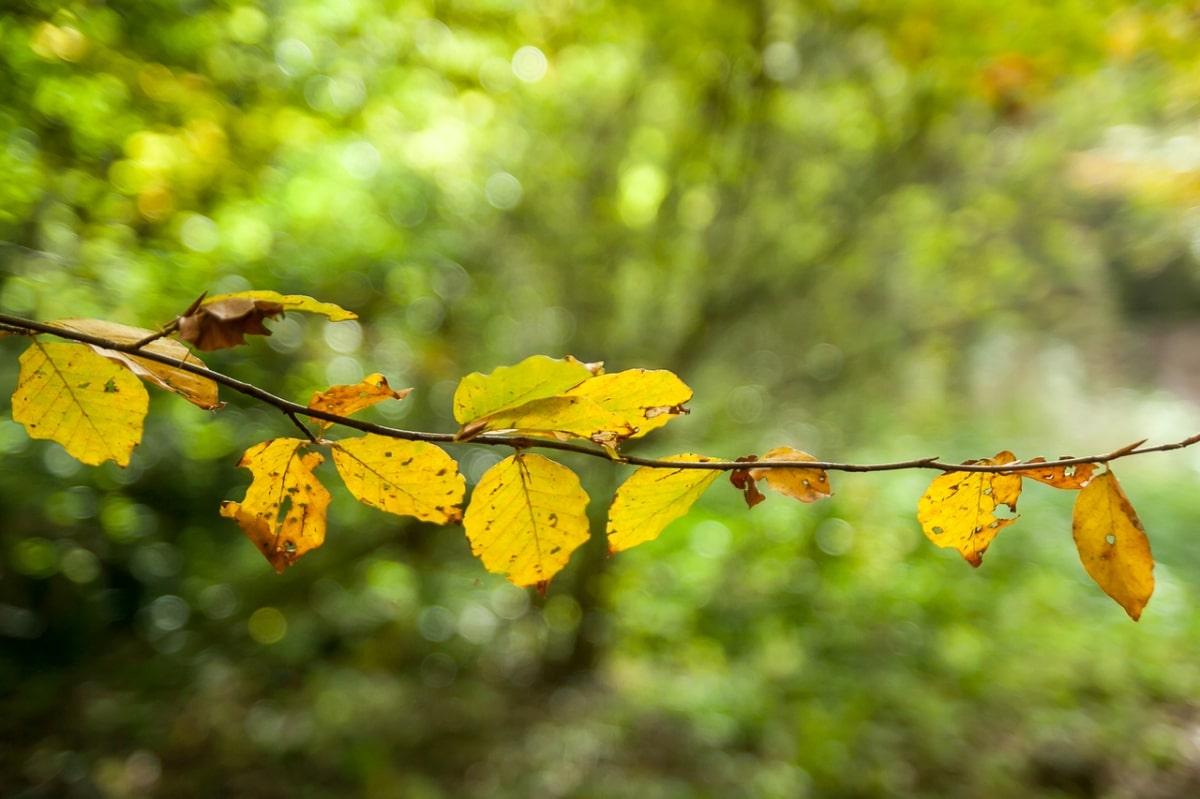
This is the cause that should worry us the least. Leaves, as living organisms, have a limited life expectancy. For this reason, it is not necessary to think that because a plant is evergreen, it will not drop some… because this does not work like that.
Depending on the type of plant, the climate and the evolution it has had, there are species that renew them every year, either little by little over the months -like all perennial leaves-, or they do it in parts: running out of leaves in summer or winter and renewing its crown when conditions improve -like deciduous leaves- ; and there are even others that renew them slowly but instead of doing it in the same year, they can do it after 3, 5 or more years -like many evergreen species that live in cold climates, such as the Pinus longaeva-.
Therefore, if there is no other symptom than the yellow dots, we should not worry as long as it is losing its leaves at the right time for her. This is important to remember, because if she does it in the spring, for example, but she has to do it in the winter, then she has a problem.
Cold
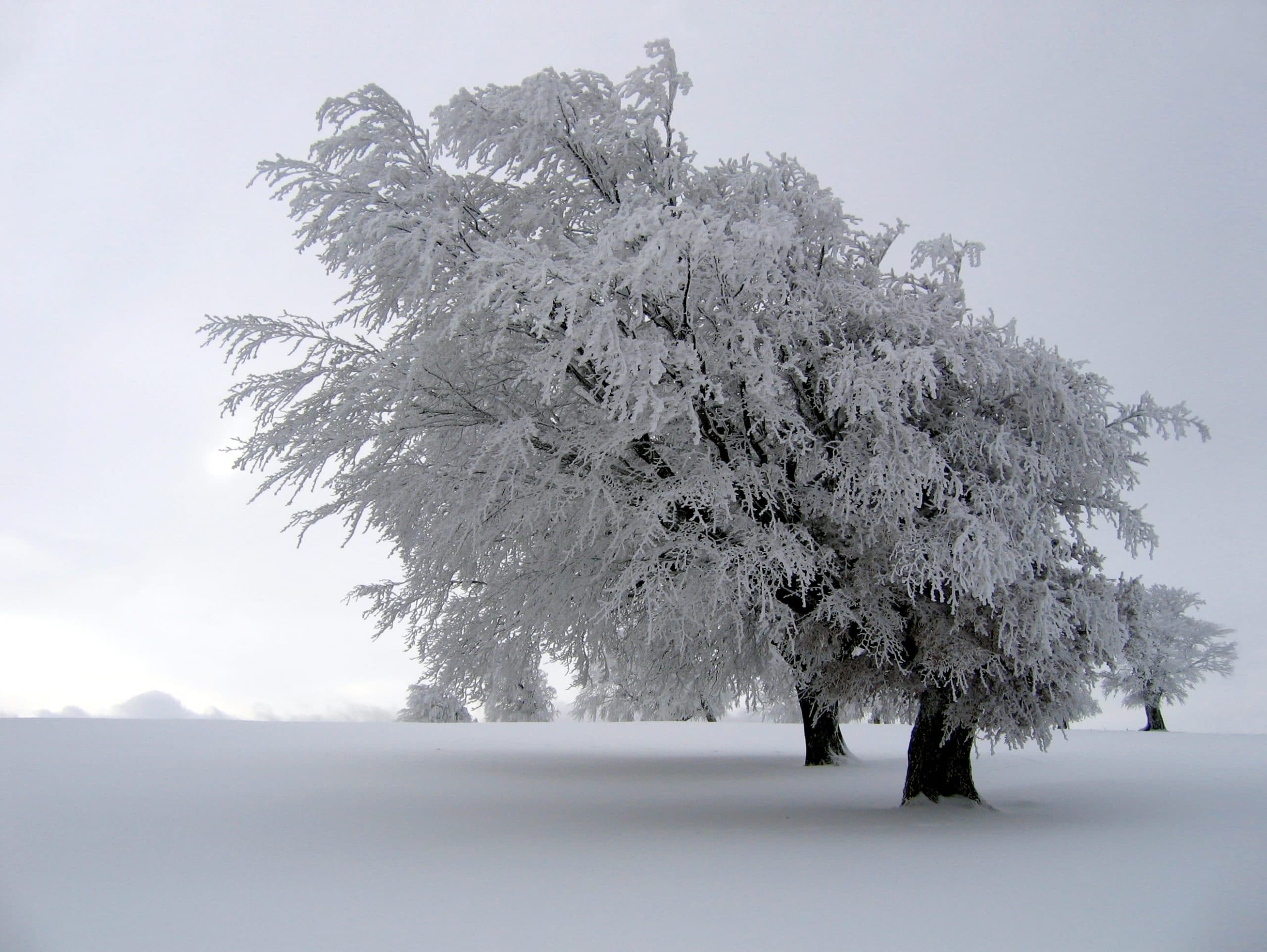
Plants react to cold in different ways: some "close" their leaves, others grow little to stay as close to the ground as possible, and others may wake up with yellow dots on their foliage. This It is something that is seen, for example, in the Cycas revoluta (cicas) that have been acquired recently: whether they are kept in pots or planted in the ground, having been in a nursery to date and perhaps somewhat protected, they have a hard time when temperatures drop.
But this should not alarm us, not excessively at least, since in this specific case we are talking about plants that can withstand moderate frosts, down to -7ºC; and although some protection will not hurt them when they are young, as they grow they will acclimatize without problems. With succulent plants or other more delicate species, such as Adenium obesum (desert rose) we will have to be more careful, since a frost can kill them.
Pests
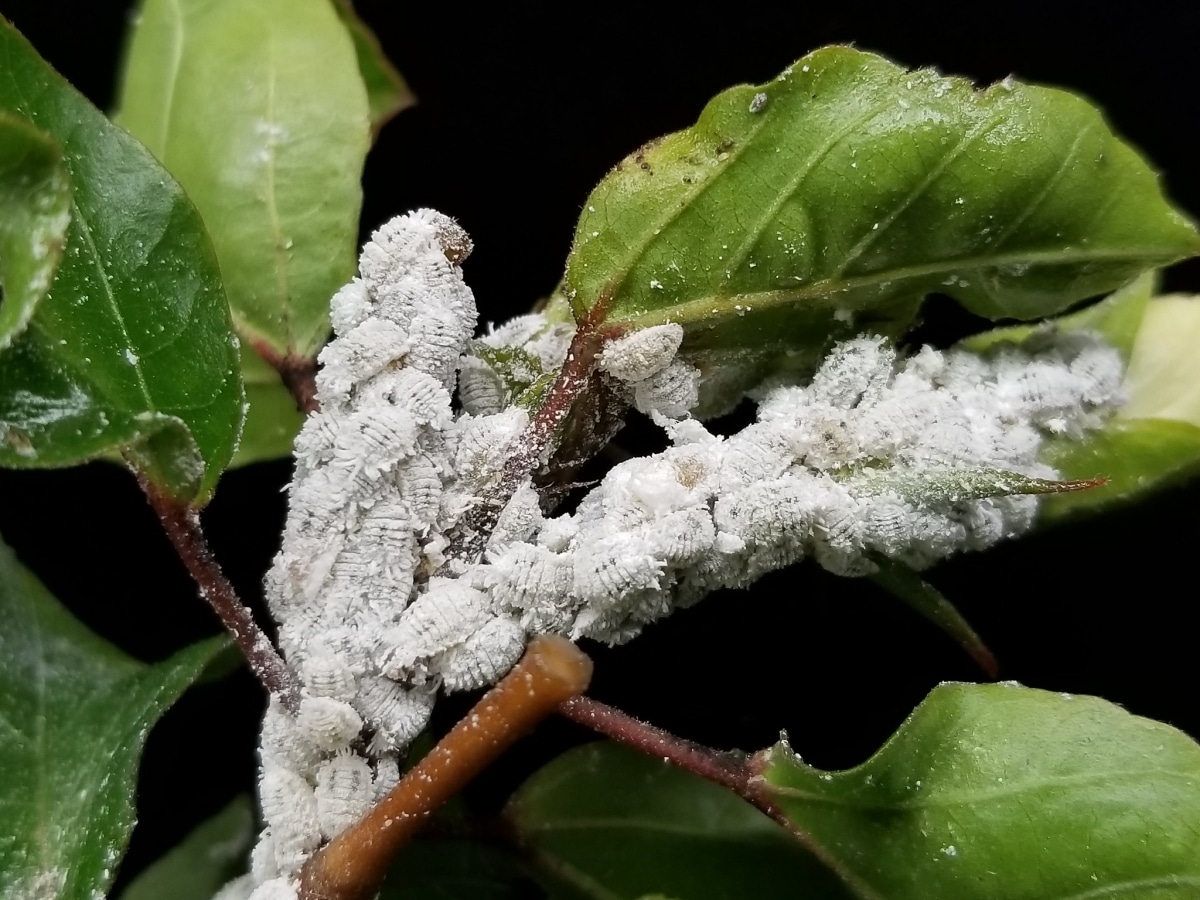
Image - Flickr / Scot Nelson
Aphids, mealybugs, thrips... these and other pests, such as red spiders or whiteflies, feed on the sap of the leaves. In doing so, they damage them, and of course, the plant has a hard time. The reason is obvious: if these insects suck the sap, that part of the leaf will find it increasingly difficult to photosynthesize and breathe, so it eventually dies. If the situation worsens, in the end the whole leaf will run out of food, but before that, we will see yellow or discolored spots on its surface.
And, of course, what we have to do is stop these insects, and eradicate the plague. For it, we will use specific insecticides, or a triple action if we see that they have two or three different pests (for example, there may be mealybugs and aphids on the same plant). Of course, it is convenient to use it correctly, following the instructions that we can read on the same container.
Sunburn or direct light
Although sunburn or direct light burns leave yellow spots more than spots, I have thought it appropriate to mention them since, in very mild cases, they could leave stitches; for example, if it is a plant that is almost completely acclimatized, and at a given moment the sun hits it a little, it could cause some minor burn.
In any case, it is important that you know that these yellow spots or dots will not disappear. What is more, what is going to happen is that in the end the whole leaf will turn yellow and fall. But if that damage is minor, for it to finally run out of that leaf, it usually takes several months. The best, however, is to move the plant, and put it a little protected.
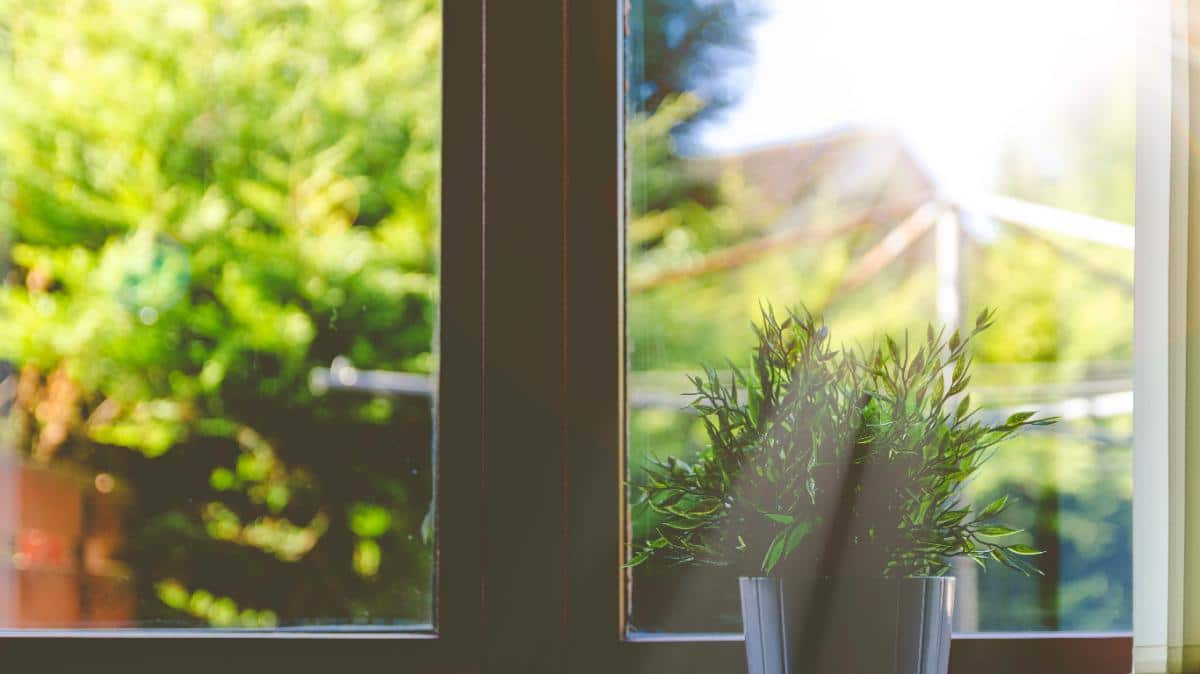
Although there are several reasons why you may have yellow spots on the leaves, we hope that your plants will be well again in no time.